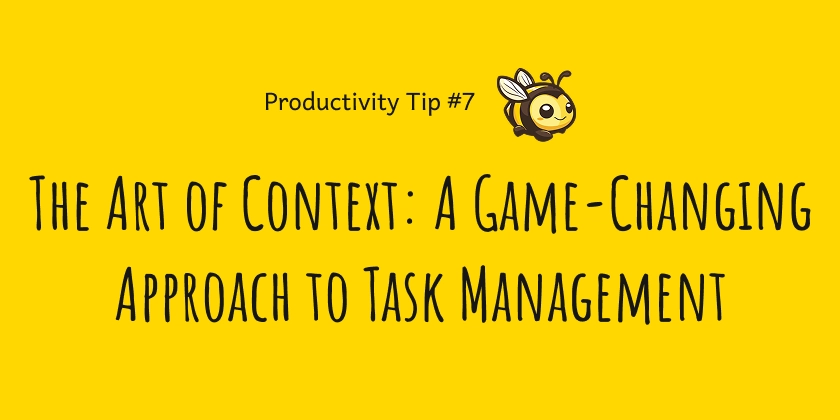Dev
2M
151

Image Credit: Dev
The Art of Context: A Game-Changing Approach to Task Management
- Organizing tasks based on context can significantly improve productivity by streamlining decision-making and task completion.
- This approach, inspired by David Allen's 'Getting Things Done,' involves grouping tasks based on where, what, or who is needed to execute them.
- Examples of context categories include '📲 Phone Calls,' '👤 Agenda - [PERSON'S NAME],' and '⏳ Waiting For.'
- By structuring tasks this way, individuals can focus on relevant tasks within a specific context, avoiding overwhelm and task-list paralysis.
- Efficiency is enhanced as individuals can capitalize on their current context to tackle related tasks without constant switching.
- Using the '⏳ Waiting For' context aids in tracking tasks that are dependent on others, enabling timely follow-ups and accountability.
- Context-based task management not only simplifies task execution but also increases the likelihood of completing tasks by aligning with one's natural rhythm.
- By leveraging this method, individuals can optimize their productivity by focusing on the right tasks at the right time, enhancing effectiveness and efficiency.
- Embracing context-based task management allows individuals to work in accordance with their flow, enhancing task completion with ease.
- In essence, productivity is not about doing more tasks but about executing the right ones efficiently, a goal achievable through context-aware task management.
Read Full Article
9 Likes
For uninterrupted reading, download the app